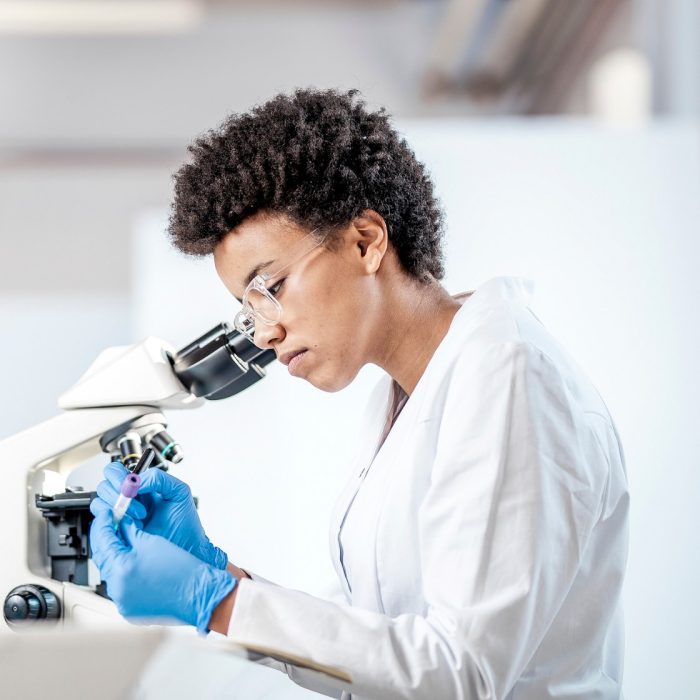Research areas

Our research themes are aligned with our strengths in areas that demonstrate great clinical and commercial promise.

Our research themes are aligned with our strengths in areas that demonstrate great clinical and commercial promise.